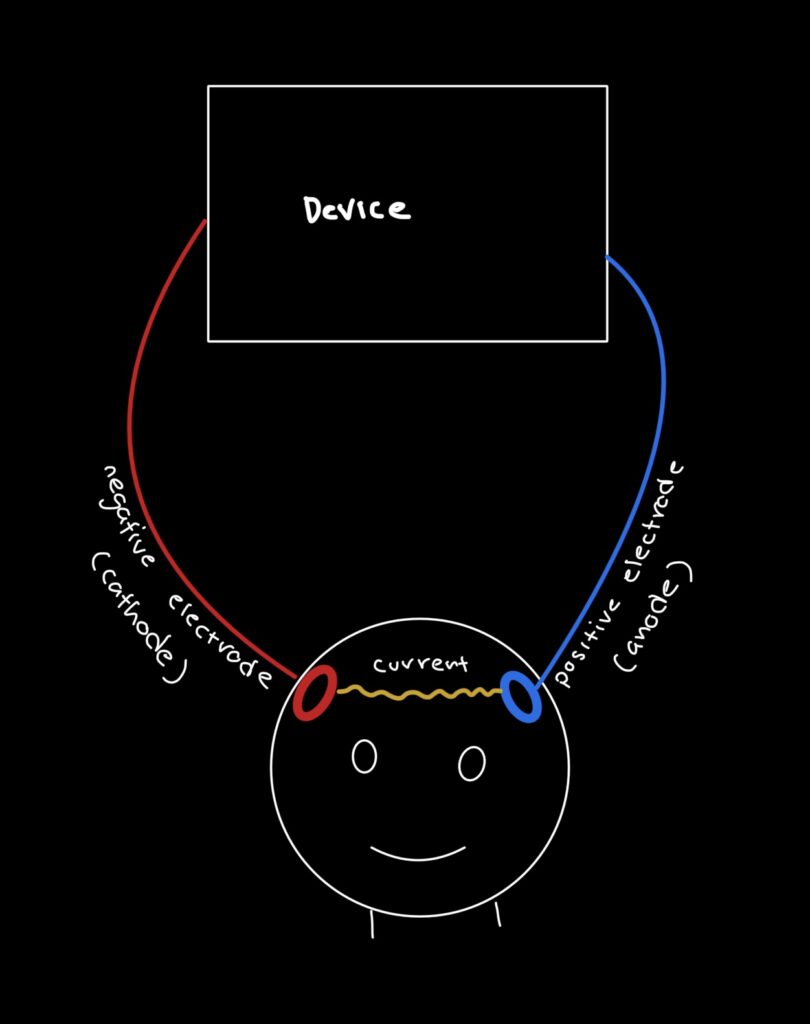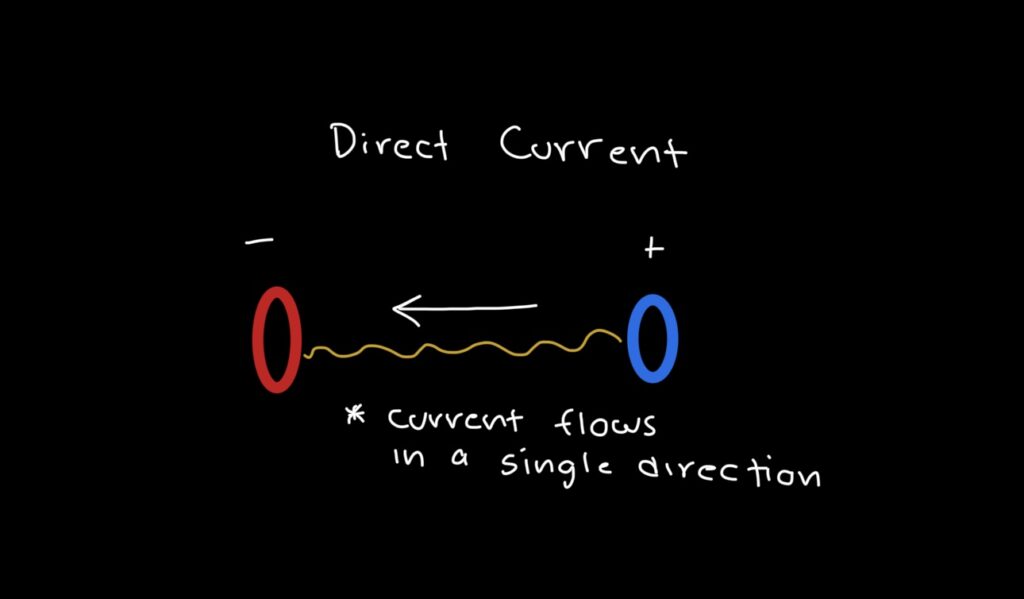Hello everyone! This is an introductory guide to tDCS and tACS, designed to make these concepts more accessible for anyone interested in understanding them. When I first started, I found that most available information was either in dense scientific articles or informal Reddit threads. There wasn’t much “in-between” content where I could get a clear, science-based overview in a more approachable format.
I hope these explanations and illustrations make it easier for people to understand these technologies and get involved if they’re curious. If you spot anything that could be clarified or expanded upon, please feel free to let me know. Thanks!
tDCS & tACS Similarities
To start with what they have in common, tDCS and tACS both involve relatively simple setups with a control box and two electrodes—one positive (anode) and one negative (cathode).
Using either tDCS or tACS involves placing the electrodes on specific areas of the scalp to allow a current to flow between them. Yes, the scalp, skull, and brain act as conductors, channeling the current in a controlled way to influence brain activity. The goal is typically to bring about a beneficial change in cognition, mood, or brainwave synchronization.

The variables in a session that a user can adjust include:
Session frequency: How often the sessions are repeated over time.
Electrode placements: Different placements target different areas of the brain.
Intensity (mA): This adjusts the strength of the current.
Session length: How long the current is applied.
While there is emerging research to guide some of these variables, tDCS and tACS are still active fields of study, with much left to discover.
Main Difference between tDCS & tACS
Though both techniques use electrodes and currents, the type of current—direct or alternating—is the key difference, leading to different effects on brain function.
tDCS
tDCS stands for transcranial Direct Current Stimulation. A direct current maintains a constant direction. This steady flow of current creates a unidirectional electric field that can either excite or inhibit neural activity in specific brain regions, depending on electrode placement.

For example, if the goal is to improve executive function (related to tasks like planning, focus, and decision-making), electrodes can be positioned to stimulate the prefrontal cortex, the brain area responsible for these processes. By doing this, the tDCS setup aims to make neurons in the target region more likely to fire, potentially enhancing learning and memory.
tACS
tACS stands for transcranial Alternating Current Stimulation. An alternating current is one that periodically reverses directions. The rate at which the current changes direction is called the frequency and is measured in Hz.
Each Hertz represents one complete cycle per second, where the current changes direction twice—first in one direction and then in the opposite. For instance, with a 40 Hz tACS session, the current changes direction 80 times per second (40 cycles × 2 direction changes).

The purpose of tACS is to entrain or synchronize brain activity by targeting specific brainwave frequencies. By setting the tACS frequency to match certain brainwave patterns, it’s possible to influence mental states that correspond to these frequencies.
Learn more about specific brainwaves and their associated effects here.
Summary
To recap, tDCS and tACS differ primarily in the type of current they use. tDCS applies a direct current to stimulate or inhibit specific brain regions, often used to improve learning, memory, or executive functions. In contrast, tACS applies an alternating current at specific frequencies to synchronize the brain’s natural oscillations to match desired brainwave patterns, which can help induce particular mental states.
Both methods are promising tools in cognitive enhancement, but they’re still evolving fields with ongoing research. If you’re considering trying tDCS or tACS, be sure to review current research and understand the basics 🙂

